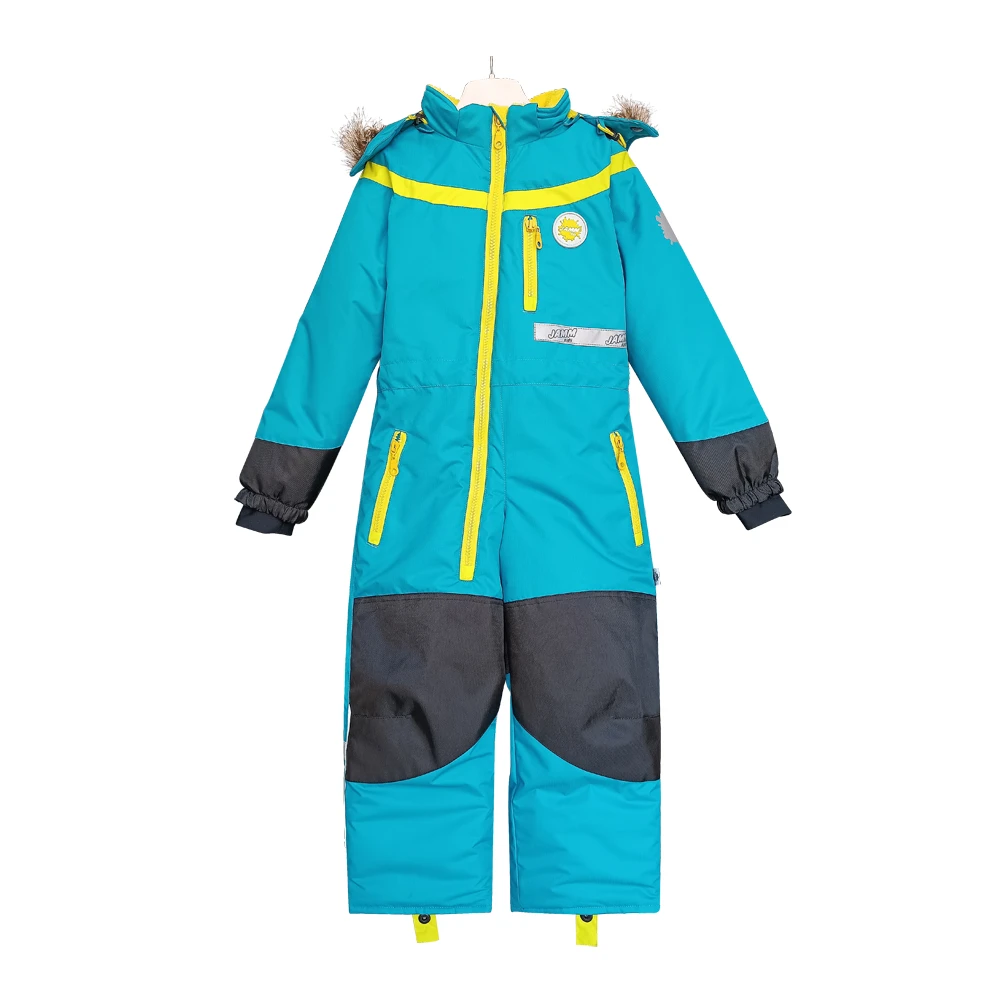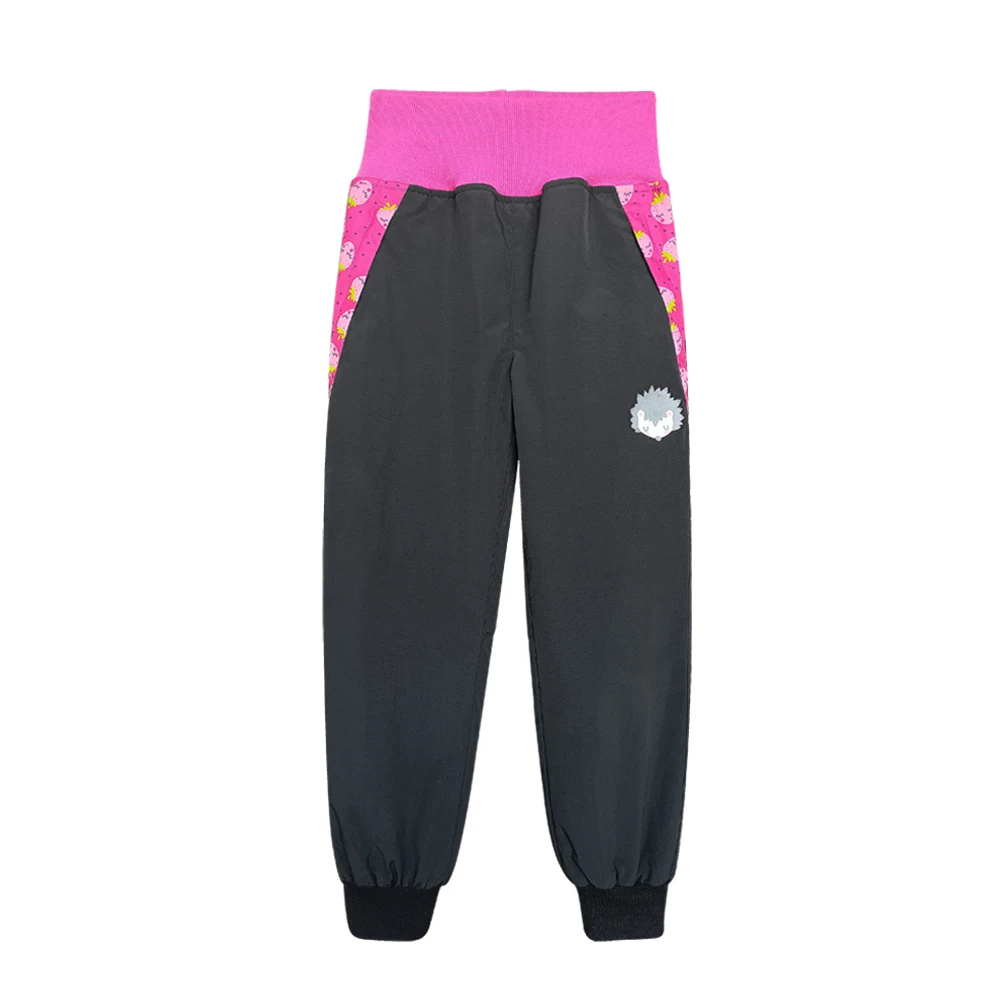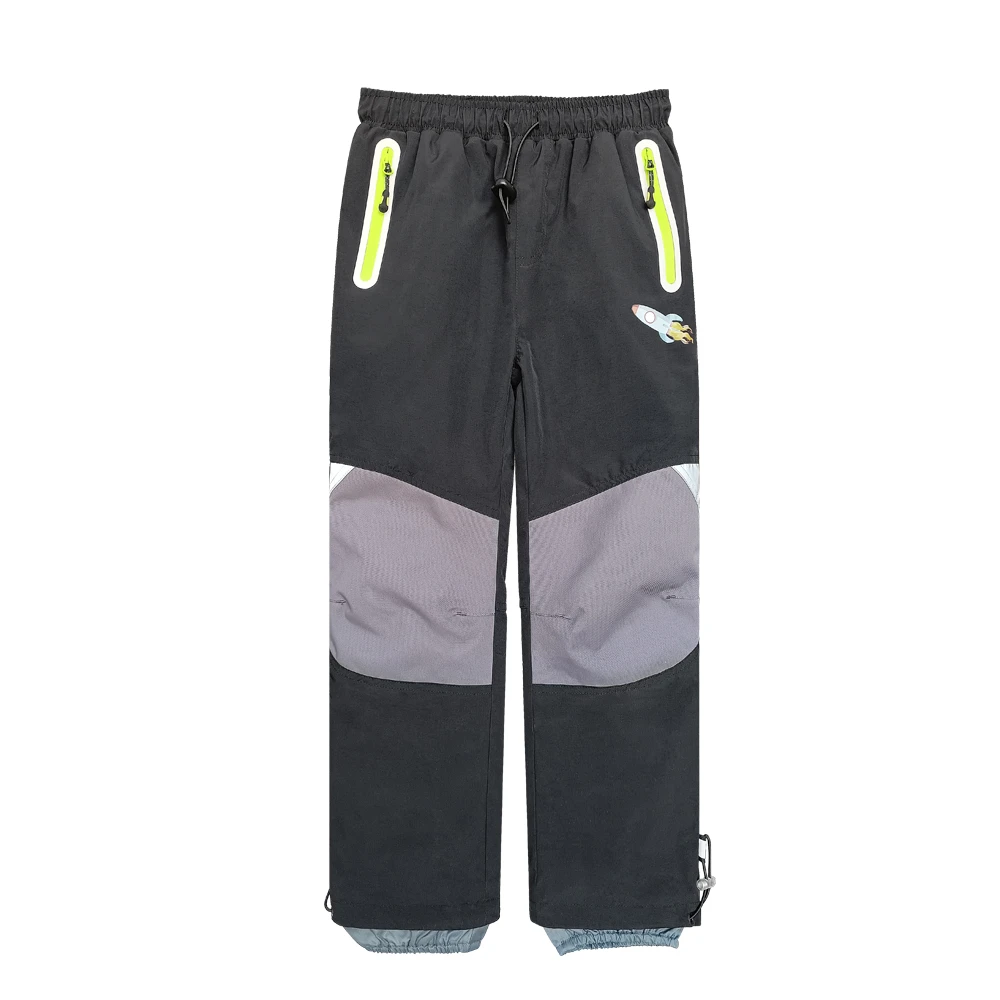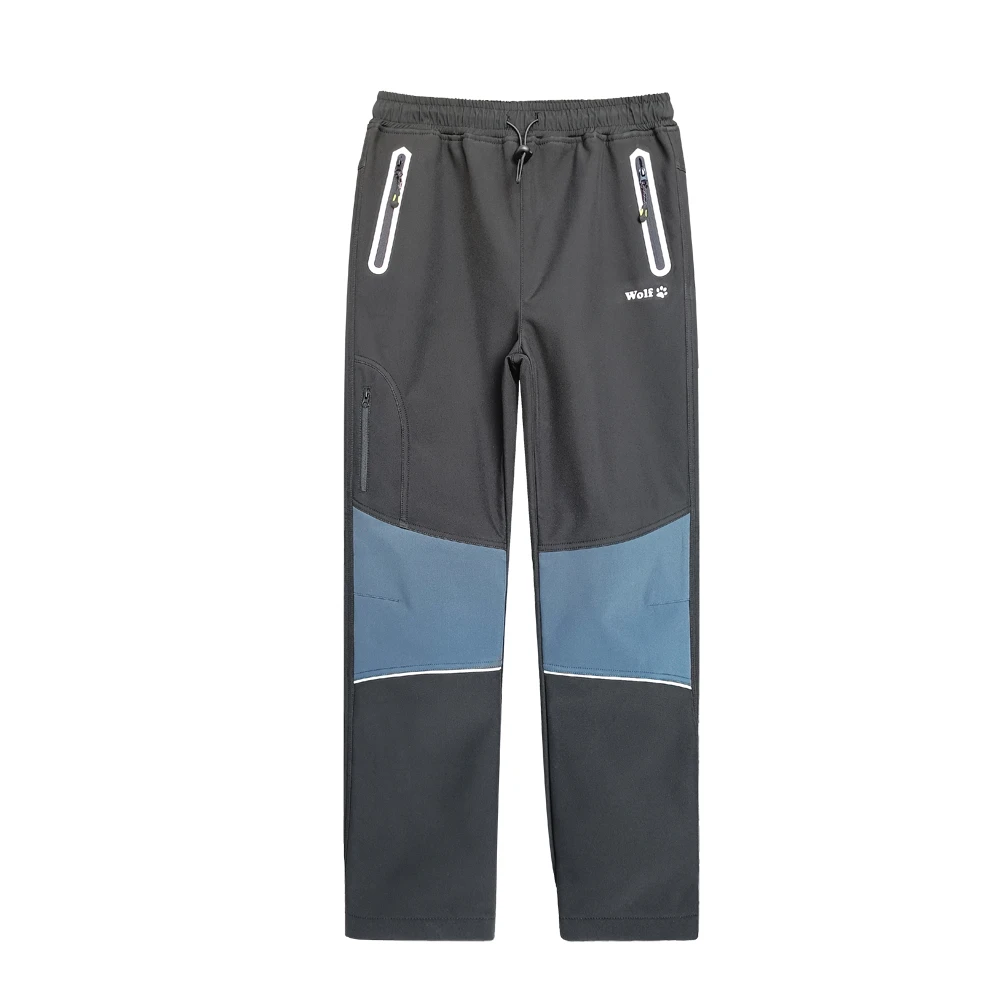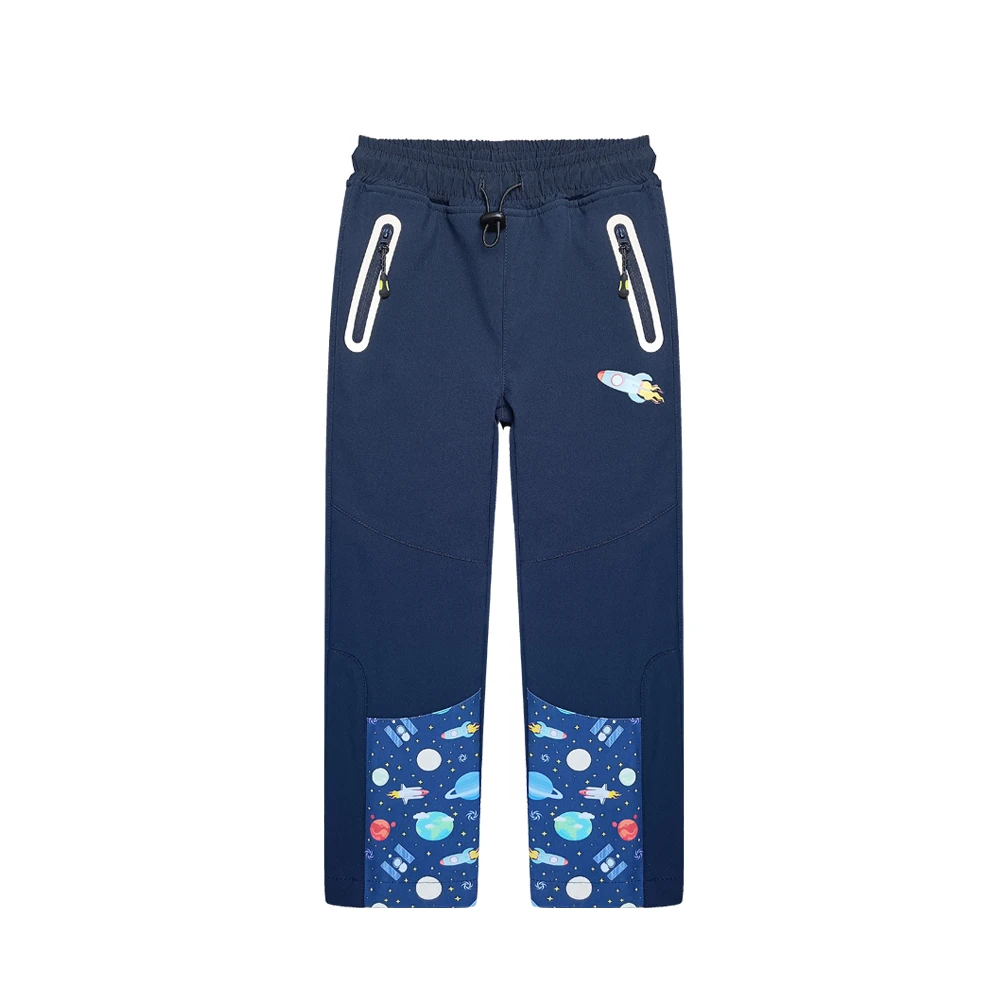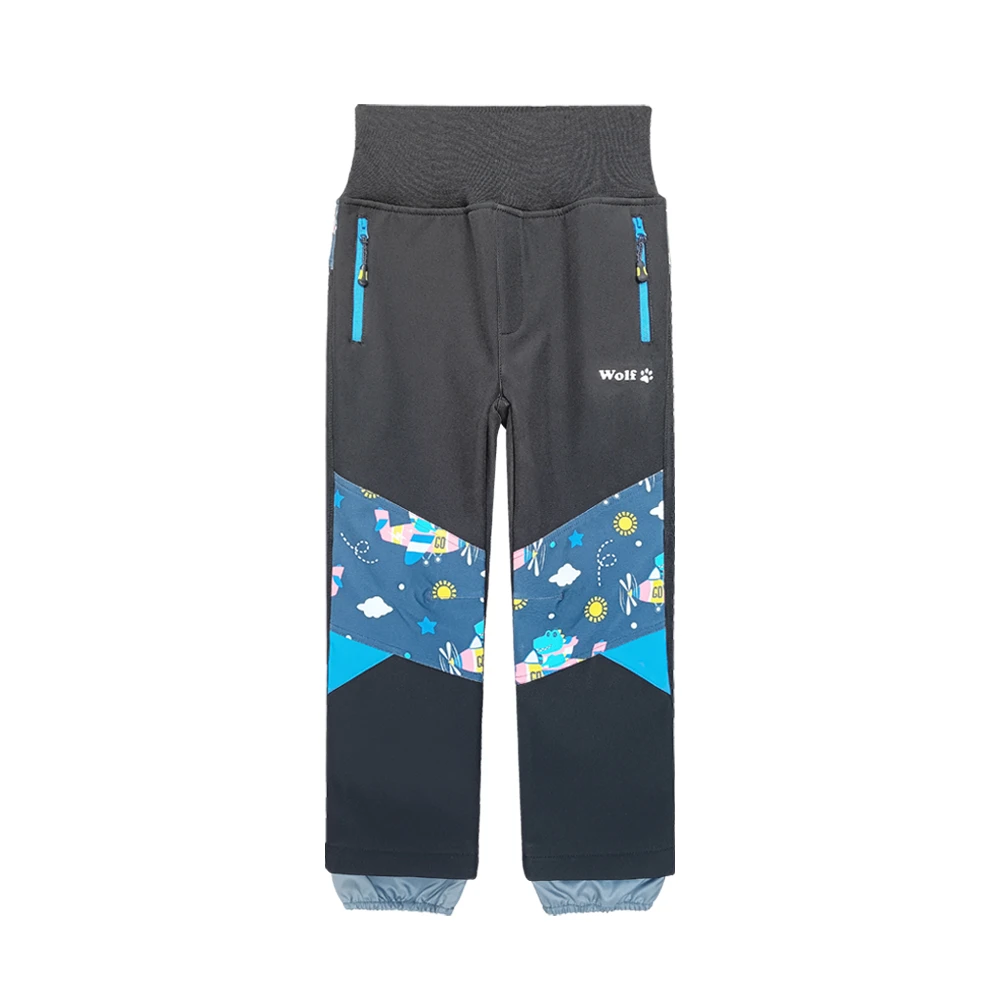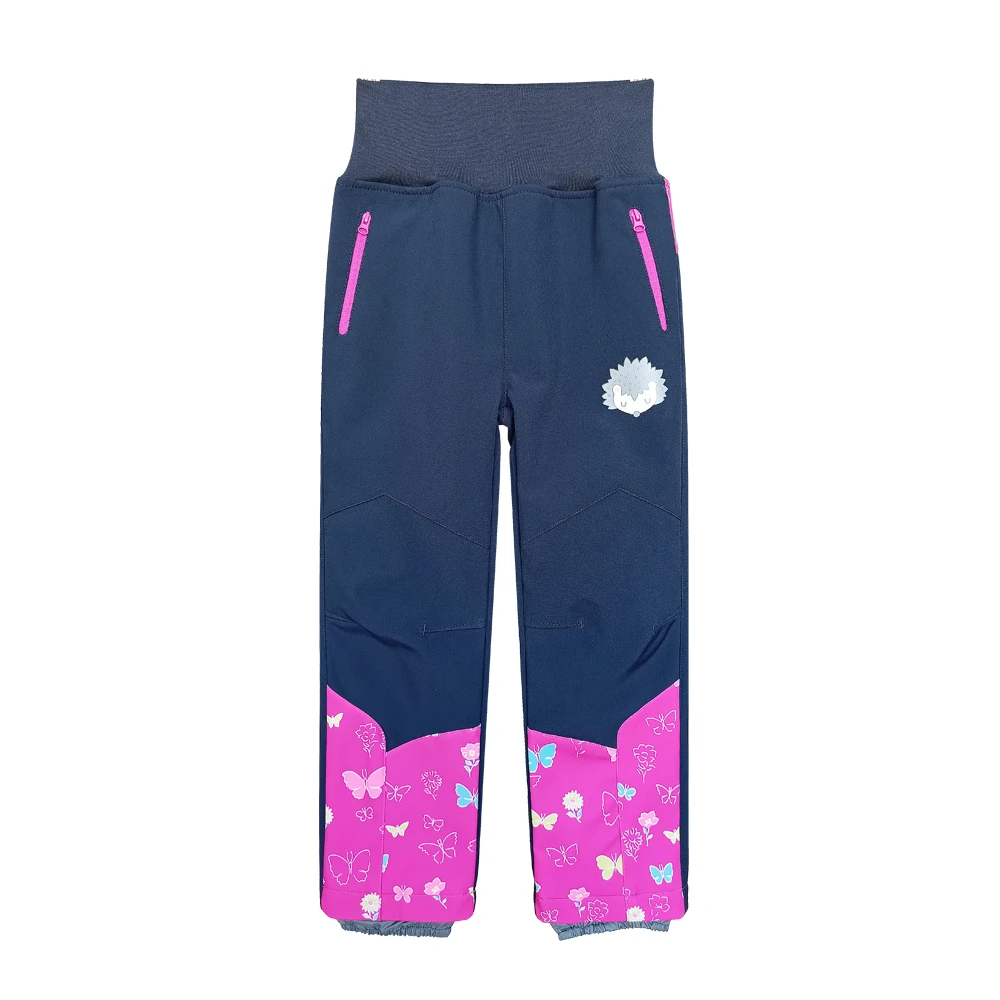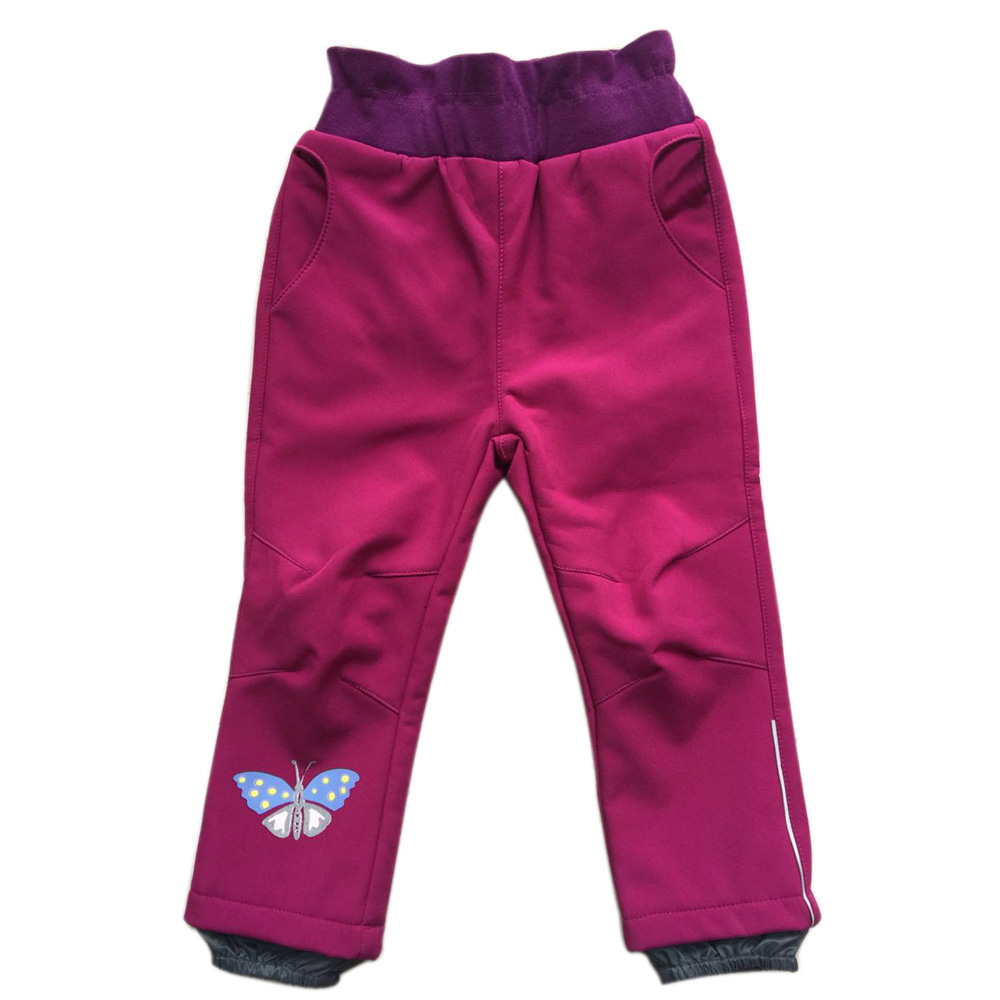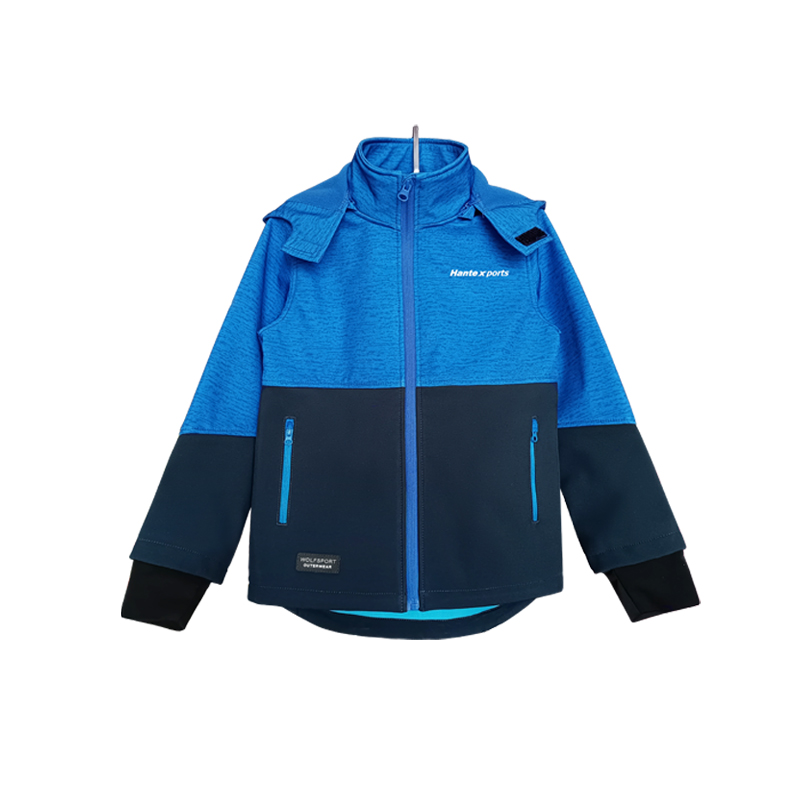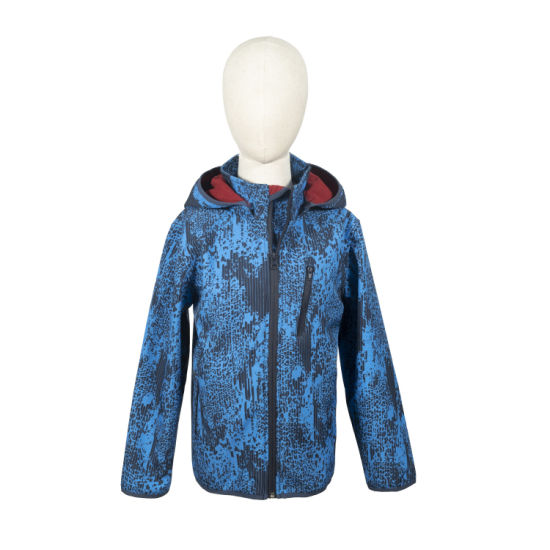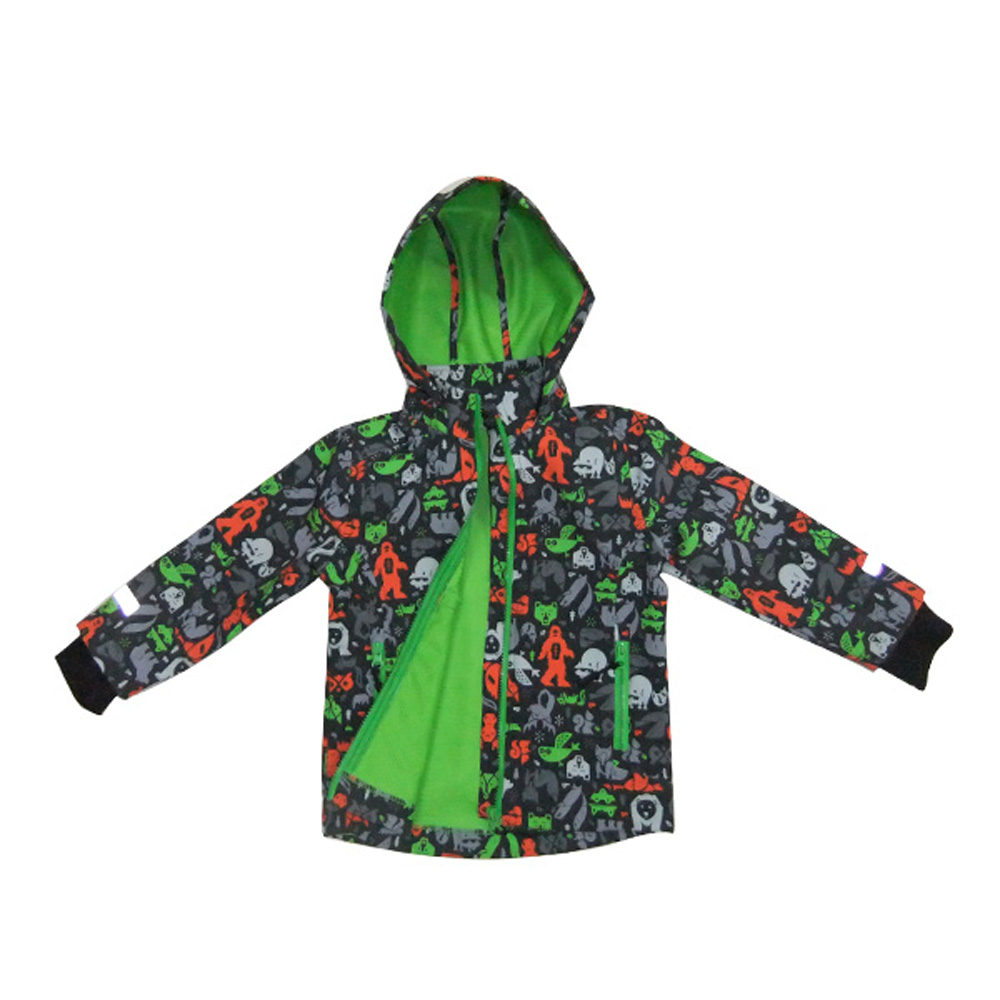Cold-Weather Confidence: Real-World Notes on Kids Corduroy Fabric Thick Pants
In kidswear, durability used to be the unglamorous hero; now it’s center stage. Corduroy has swung back with a vengeance—quiet luxury for adults, practical warmth for kids. And to be honest, parents just want pants that survive playground slides and laundry day.

What’s driving the trend
Two things: thermal efficiency without bulk, and soft handfeel that doesn’t itch. Retail buyers tell me corduroy’s “return rate” is low when the wale is balanced (not too fine, not too chunky) and the lining is brushed. Surprisingly, eco-dye claims are also moving the needle—people read hangtags now.
Technical snapshot (model KP-2021-2)
| Product | Kids Corduroy Fabric Thick Pants (Style KP-2021-2) |
| Fabric | 100% cotton corduroy outer; ≈ 12W–14W; brushed microfleece lining |
| Weight | ≈ 300–340 g/m² (real-world use may vary by size/color) |
| Thermal rating | TOG ≈ 1.2–1.4 (vendor-reported lab) |
| Stretch/fit | Comfort waist with internal adjuster; articulated knee; regular straight fit |
| Sizes | 2–12Y standard; extended sizes on request |

Process flow, testing, and service life
Materials: ring-spun cotton yarn, low-impact reactive dyes, anti-pilling finish; fleece lining is polyester microfleece for warmth-to-weight. Methods: wale weaving → piece dye → sueding → pre-shrink (sanforize) → cut & sew (flat-felled inseam, bartack stress points) → inspection.
Testing standards (typical benchmarks): pilling ISO 12945-2: ≤ grade 4 after 5,000 rubs; colorfastness AATCC 61 2A: grade 4; seam strength ISO 13935-2: ≥ 250 N; banned-substance compliance per OEKO-TEX Standard 100, CPSIA. Vendor-reported wash durability ≈ 80–100 home cycles. Real life? Many customers say two winters per child, then hand-me-downs still look decent.
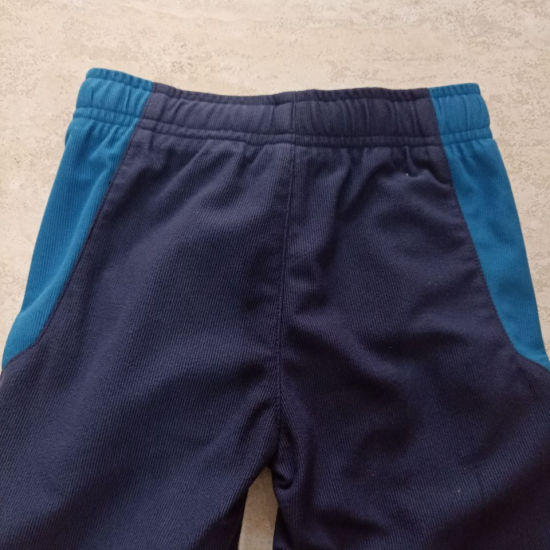
Where they shine
- School days in 0–10°C weather; pairs well with sneakers or boots.
- Layering under parkas for weekend parks, leaf piles, you know the drill.
- Travel: holds shape after long car seats; fewer wrinkles than chinos.
- Uniform programs (dark hues hide playground scuffs).
Advantages: soft-touch lining, fewer “my pants are itchy” complaints; reinforced knees; easy-care wash on warm; and, actually, cord structure traps air—free insulation.

Vendor comparison (indicative)
| Vendor | Fabric wt. | Wale | Lining | Certs | MOQ | Customization |
|---|---|---|---|---|---|---|
| Kids Corduroy Fabric Thick Pants | ≈300–340 g/m² | 12–14W | Microfleece | OEKO-TEX, CPSIA | ≈300 pcs/color | OEM/ODM, trims, prints |
| Vendor A (mass-market) | ≈260 g/m² | 16W (finer) | Unlined | Basic REACH | 500+ | Limited |
| Vendor B (boutique) | ≈320 g/m² | 11W (chunky) | Sherpa | OEKO-TEX | 100 pcs | High, higher cost |
Customization and real cases
Custom colors (earth tones are hot), reflective piping for evening pickups, branded rivets, even reinforced double knees for daycare chains. One schoolwear distributor reported a 28% drop in warranty claims quarter-on-quarter after switching to Kids Corduroy Fabric Thick Pants. Another winter-camp retailer told me parents praised the “no chill” lining on 5°C windy mornings—small thing, big loyalty.
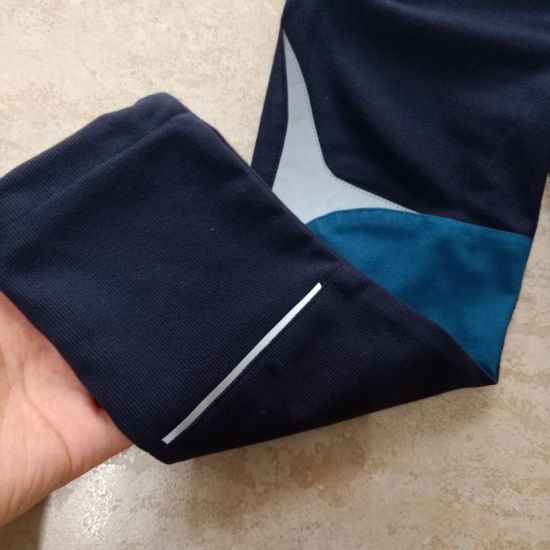
Manufactured and shipped from: No.173, Shuiyuan Str., Shijiazhuang, China. Lead times usually 35–45 days after PP approval; sampling 7–12 days, depending on trims.
Compliance and documentation
Supplier provides OEKO-TEX Standard 100 fabric declaration, CPSIA tracking labels, and batch colorfastness reports. For tenders, ask for ISO 12945-2 and AATCC 61 test sheets; it’s routine, but it signals consistency.
References
- OEKO-TEX Standard 100 – oeko-tex.com
- CPSIA Compliance – cpsc.gov
- ISO 12945-2: Textiles — Determination of fabric propensity to surface fuzzing and to pilling — Part 2
- AATCC 61: Colorfastness to Laundering, Home and Commercial
- ISO 13935-2: Seam tensile properties of fabrics — Part 2: Grab method
